Results
-
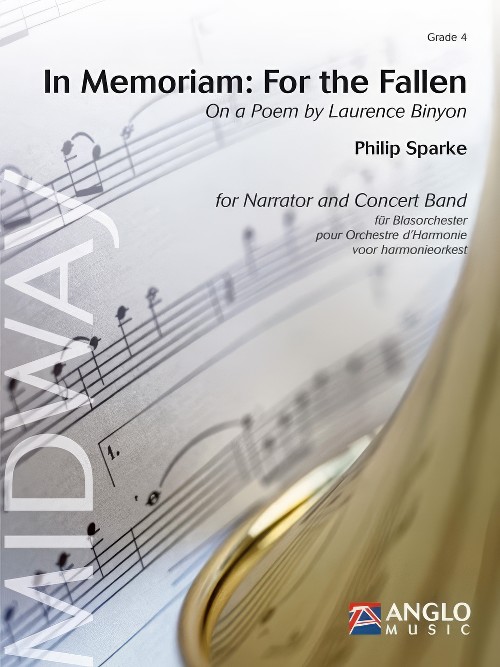 £152.99
£152.99In Memoriam: For the Fallen (Narrator with Concert Band - Score and Parts) - Sparke, Philip
In Memoriam: For the Fallen was commissioned by Bolsover District Council for the Bolsover Brass Summer School 2014. It is a setting for narrator and band of Laurence Binyon's (1869-1943) poem, For the Fallen, which was first published in The Times in September 1914. Binyon was dismayed at the outbreak of war and especially concerned by the large number of casualties suffered by the British Expeditionary Force in the early months of the battle on the Western Front. Too old to enlist, he volunteered as a hospital orderly in France. The poem is known world-wide as the famous fourth stanza (They shall grow not old...) has become a regular part of Remembrance Day and ANZAC Day services. In Memoriam: For the Fallen is a musical accompaniment to the poem, shadowing the mood of each stanza.Duration: 7.30
Estimated dispatch 7-14 working days
-
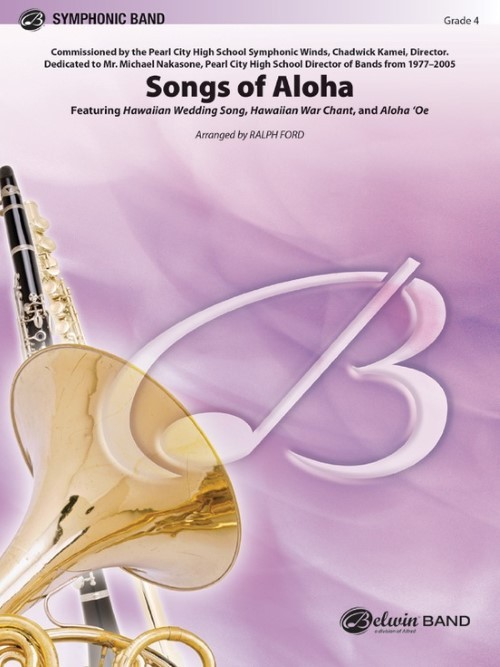 £85.00
£85.00Songs of Aloha (Concert Band - Score and Parts) - Ford, Ralph
This charming and varied setting contains the three "mainstays" of the Pacific islands' music, particularly for those who spend time vacationing in Waikiki: Hawaiian Wedding Song, Hawaiian War Chant, and Aloha 'Oe. These classic songs were made popular through the years by many recording artists from both the island and the mainland, and live on in our memories of a visit to paradise. Aloha!Duration: 5:00
Estimated dispatch 7-14 working days
-
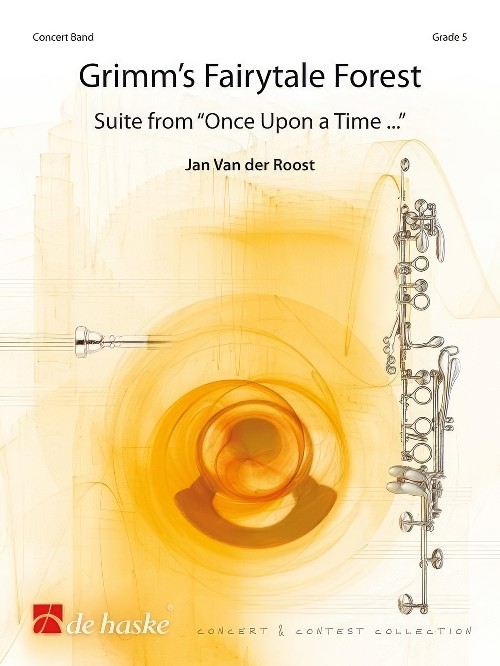 £179.99
£179.99Grimm's Fairytale Forest (Concert Band - Score and Parts) - Van der Roost, Jan
Based on the orchestral part of the play Es War einmal... (Once Upon a Time...) for narrator, actors, children's choir and wind band, there's now an enchanted suite for band only, Grimm's Fairytale Forest, based on four famous tales of the Brothers Grimm. Some of the most colourful and varied themes and melodies from Once Upon a Time... reappear in this lovely instrumental suite by Jan Van der Roost. Welcome to the enchanted forest!Duration: 16:15
Estimated dispatch 7-14 working days
-
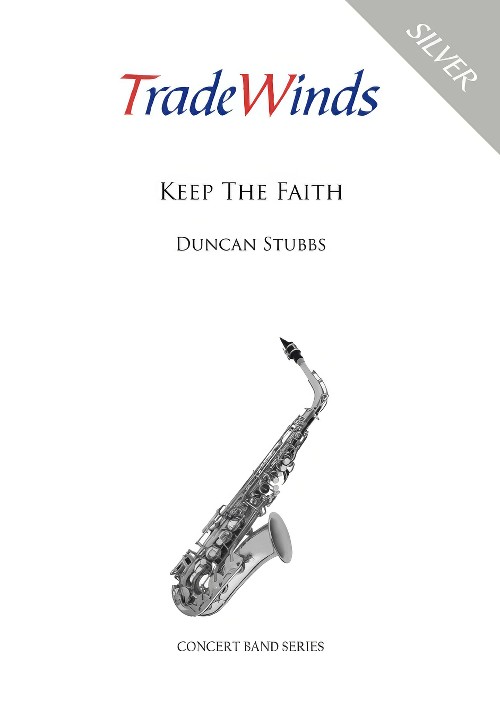 £39.95
£39.95Keep the Faith (Concert Band - Score and Parts) - Stubbs, Duncan
The composer writes: This piece originally started as a personal tribute to my late mother. Not long after writing the opening ideas, I was approached to write music to accompany a rendition of the poem, 'We Will Keep the Faith' by Moina Michael for performance as part of the 100th anniversary of the start of World War One. The appropriateness of the music already written, and the sentiment behind both concepts, was a coincidence too good to overlook. Rarely sentimental and always practical, I feel sure my mother would be delighted that the music she originally inspired was being used to portray a much wider universal message of remembrance.
Estimated dispatch 7-14 working days
-
 £5.95
£5.95Keep the Faith (Concert Band - Score only) - Stubbs, Duncan
The composer writes: This piece originally started as a personal tribute to my late mother. Not long after writing the opening ideas, I was approached to write music to accompany a rendition of the poem, 'We Will Keep the Faith' by Moina Michael for performance as part of the 100th anniversary of the start of World War One. The appropriateness of the music already written, and the sentiment behind both concepts, was a coincidence too good to overlook. Rarely sentimental and always practical, I feel sure my mother would be delighted that the music she originally inspired was being used to portray a much wider universal message of remembrance.
Estimated dispatch 7-14 working days
-
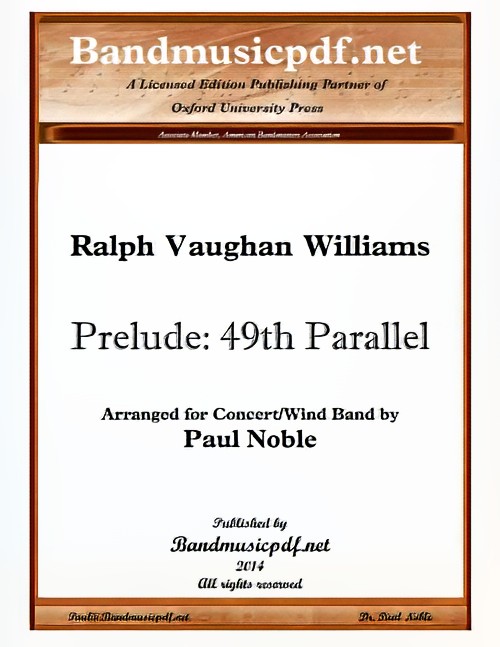 £90.00
£90.00Prelude: 49th Parallel (Concert Band - Score and Parts) - Williams, Vaughan - Noble, Paul
Composed in 1941 for the film 49th Parallel - The Invaders, the drama and depth of the music was intended to influence the United States, which was then neutral, to enter the war. The title relates to the border between the U.S. and Canada. The power, drama, and technical accessibility of this piece should be one that all bands would take great pride in performing.
Estimated dispatch 7-14 working days
-
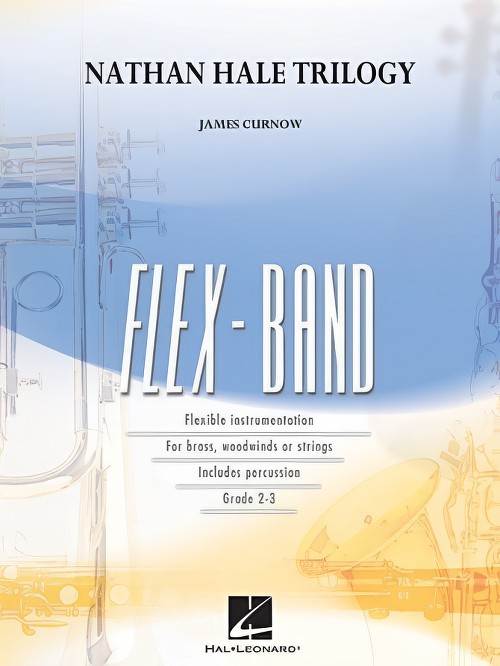 £59.99
£59.99Nathan Hale Trilogy (Flexible Ensemble - Score and Parts) - Curnow, James
This work was inspired by the legendary American patriot and hero of the Revolutionary War. James Curnow's popular three-movement suite is adapted here into a very effective format for incomplete ensembles.Duration: 6:15
Estimated dispatch 7-14 working days
-
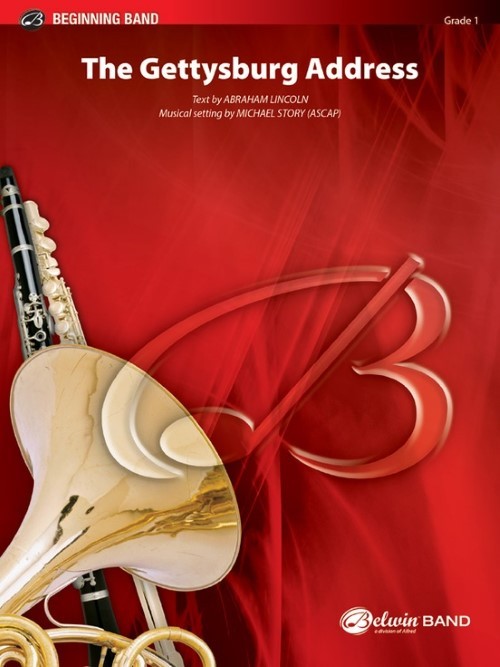 £54.95
£54.95The Gettysburg Address (Concert Band - Score and Parts) - Story, Michael
To be performed with or without a narrator, with text by Abraham Lincoln, this work contains musical fragments from three civil war songs, including the "Battle Cry of Freedom," "Dixie," and "Battle Hymn of the Republic".Duration: 3:00
Estimated dispatch 7-14 working days
-
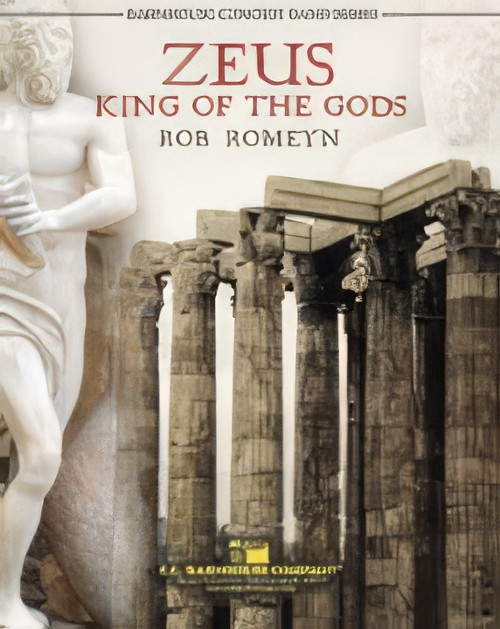 £86.00
£86.00Zeus: King of the Gods - Romeyn, Rob
This monumental programmatic work from the pen of Rob Romeyn captures the myth and legend of Zeus, the mythical master of the gods and men. A sky god, he controls lightning, which he uses as a weapon, and thunder. It opens as Zeus becomes involved in the Trojan war, hurling lightning bolts at his opponents. The tension soon subsides as we are introduced to the eternally beautiful Hera, whom Zeus would eventually marry. The music then ensues as our story unfolds, as Zeus made his domain the mountaintops and clouds where he could survey all creation, and inflict pain and justice on all evildoers. Tension builds as Zeus battles Typhon in hand to hand combat, ending ultimately with Zeus throwing the enormous Mt. Etna at the monster, pinning him underneath. From here, the tension subsides, and a beautiful lyrical section builds to an ending of incredible power and grandeur as Zeus again reaffirms his stature as the ruler of Mt. Olympus. This exceptional work is a wonderful addition to any concert or festival performance!Duration: 8.15
Estimated dispatch 7-14 working days
-
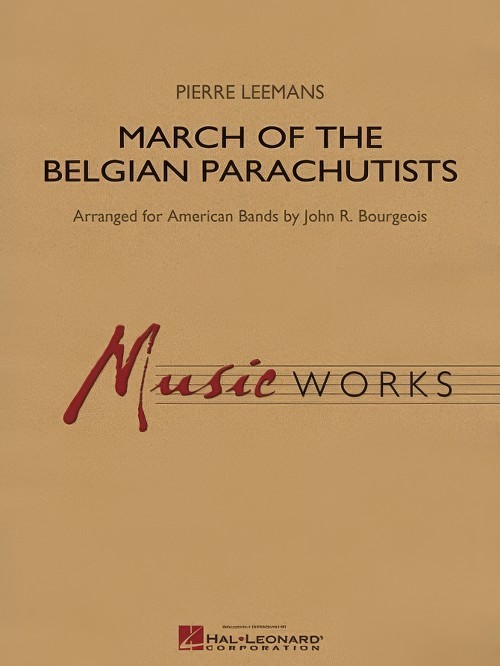 £72.99
£72.99March of the Belgian Paratroopers (Concert Band - Score and Parts) - Leemans, Pierre - Bourgeois, John
This immensely popular march, completed in Belgium near the end of World War II, is a lyrically upbeat European walking march. Newly researched by Col. John R. Bourgeois, former conductor of the U.S. Marine Band, this edition contains several strains omitted from a previous edition.Delightful!Duration: 4:15
Estimated dispatch 7-14 working days
